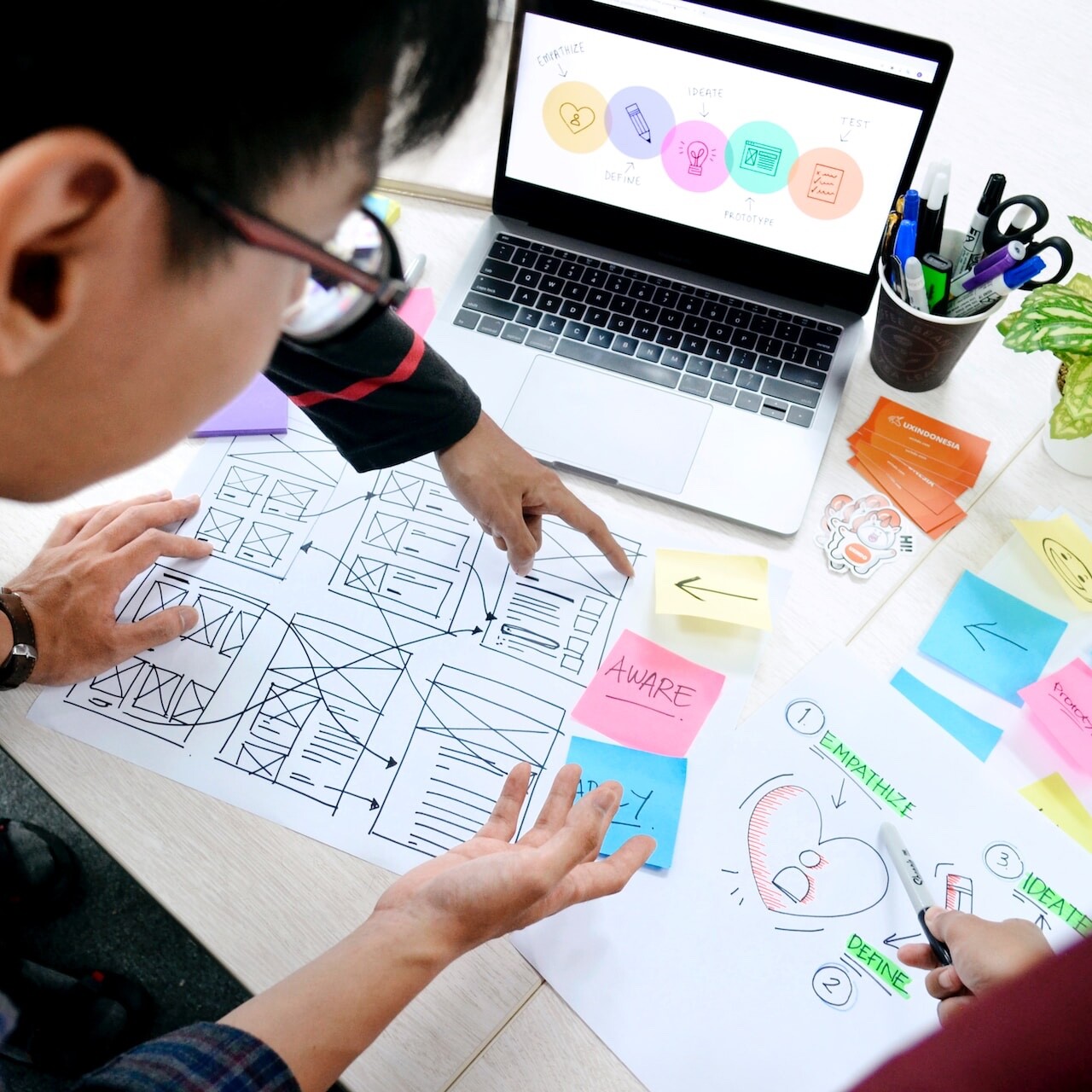- Home
- Experience
- Designing Intuitive and Engaging Interface Elements
Designing Intuitive and Engaging Interface Elements
As a designer, I’ve always been passionate about crafting seamless and captivating user experiences that not only delight users but also make technology more accessible and enjoyable for everyone. In this article, I’ll share my personal journey and insights into designing intuitive and engaging interface elements, focusing on the core principles and practical examples that have guided my approach throughout my career.
Understanding My Users: The Heart of My Design Process
UX design process should always begins with a deep understanding of my target audience. I invest time in conducting user research, interviews, and surveys to uncover users’ preferences, pain points, and expectations. For example, when designing a mobile banking app, we usually spent time talking with users about their experiences with other banking apps and uncovered common frustrations, such as difficulty in finding specific transactions or understanding financial jargon. By empathizing with users, we can create interfaces that address their needs and enhance their overall experience.
Striving for Simplicity and Clarity: A Guiding Principle
Simplicity and clarity are the cornerstones of any design philosophy. I believe that users should be able to quickly understand the purpose of each interface element and navigate effortlessly between different sections. When designing an e-commerce website, I opted for a clean layout with clear product categories and filters, making it easy for users to find the products they were looking for. I also used whitespace strategically to draw attention to essential elements, such as call-to-action buttons and promotional banners, enhancing the overall user experience.
Consistency: Building Trust and Familiarity
As a UX designer, I recognize the importance of consistency in creating a sense of trust and familiarity among users. I make sure to maintain uniformity in design elements, such as fonts, colors, icons, and layouts, across the entire interface. For instance, when designing a project management tool, I utilized a consistent color scheme for task statuses (e.g., red for overdue tasks, green for completed tasks) and used the same set of icons throughout the application, helping users build a mental model of the interface and adapt quickly to new features or updates.
Establishing Visual Hierarchy: Guiding Users Through the Interface
In our designs, my team always aims to create a clear visual hierarchy that guides users through the interface in a logical manner. I use size, color, contrast, and other visual cues to establish a sense of priority and importance for different elements. While designing a news app, I employed a distinct font size and style for headlines, subheadings, and body text, making it easy for users to identify and digest the most relevant information. Additionally, we use contrast and color to differentiate between primary and secondary actions, such as favoriting an article or sharing it on social media.
The Power of Feedback: Instilling Confidence in Users
Providing feedback is a crucial aspect of designing engaging interfaces. I ensure that users receive immediate feedback through visual cues or auditory signals when they perform an action. For example, in a file management application, I incorporated subtle animations to indicate successful file uploads or deletions, helping users understand the outcome of their actions and instilling confidence in the interface’s responsiveness.
Accessibility: A Commitment to Inclusive Design
I am committed to creating accessible and inclusive designs that cater to the diverse needs of my users, including those with visual, auditory, cognitive, or motor impairments. While designing a video streaming platform, I usually incorporate features such as adjustable video playback speed, subtitles, and audio descriptions, making the platform accessible to users with different needs. We are big on accessibility. We ensured that the interface was keyboard navigable and used appropriate color contrast to accommodate users with visual impairments.
Embracing Iterative Design and Users Testing: The Key to Continuous Improvement
I firmly believe that iterative design and user testing are essential for refining and enhancing my interfaces. By gathering valuable feedback and insights from real users, we make informed decisions about design adjustments and improvements. For instance, while working on a fitness tracking app, I conducted several rounds of usability testing, during which I discovered that users found the initial onboarding process overwhelming. Based on this feedback, I simplified the onboarding experience, making it more engaging and user-friendly.
Future-Proofing Designs: Adapting to Evolving Needs
As a UX designer, I recognize the importance of creating adaptable and future-proof designs that can accommodate changes in technology, user behavior, and design trends. I strive to create flexible and scalable interfaces that can seamlessly integrate new features or adjustments as needed. When designing a learning management system, I employed modular design principles and responsive layouts to ensure that the interface could easily adapt to new content types, device screen sizes, and user preferences.
Conclusion
Designing intuitive and engaging interface elements has been a rewarding and fulfilling journey for me as a UX designer. By focusing on understanding my users, prioritizing simplicity and clarity, maintaining consistency, establishing visual hierarchy, providing feedback, ensuring accessibility, and embracing iterative design and future-proof principles, I have been able to craft captivating interfaces that offer exceptional user experiences. As I continue to evolve and grow in my profession, I remain committed to designing interfaces that not only delight users but also make technology more accessible and enjoyable for all.



